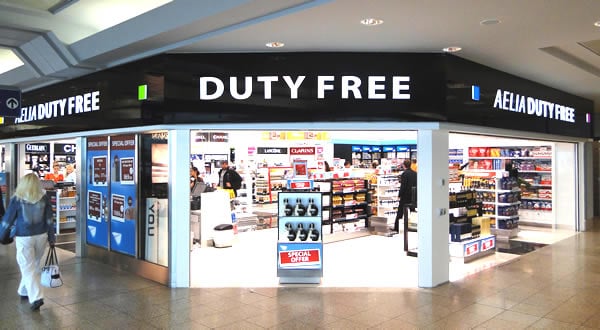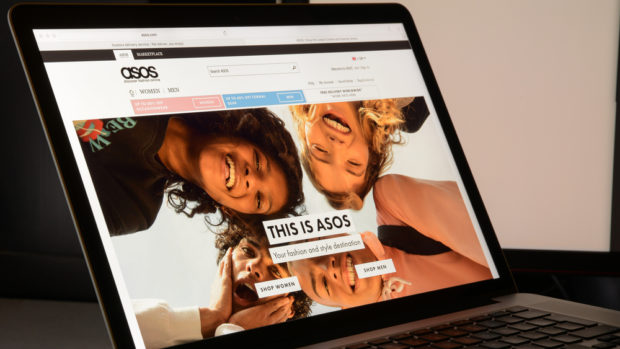
Consumers are looking to get more with less with the same high expectations of brands as the cost-of-living crisis and looming recession rolls into 2023. Karel Schindler, CEO of ROI Hunter outlines four trends that retailers cannot afford to ignore next year:
1) Discount doubt: Consumers will wise up
Discount deluge is in full swing, with some UK retailers having offered savings of up to 80 per cent for Black Friday this year. But, customers are becoming more aware of retailers’ deceptive discount tricks. New research by Which? revealed only one in seven discounts are genuine. Most promotions were cheaper or the same price in the six months prior to “discount”. Savvy retailers are relying on alternative strategies, such as manufacturing lower quantities of products to create artificial scarcity and drive FOMO among customers in response.
Another way retailers can work smarter is by analysing product performance data to determine which products are good for their business priorities, and which are bad. With this real-time, actionable data, individual teams can band together to offset consumer scepticism of a good deal. Marketing teams can focus their efforts away from poor performing products and commercial teams can use performance insights to better inform pricing, discounting and purchasing decisions.
2) Shoppers will boycott retailers if returns involve charges
Return rates will unsurprisingly continue to cause headaches for retailers as nearly half (49 per cent) of online shoppers have returned items in the past year and online returns were up 26.6 per cent in November 2022.
With ROI Hunter research revealing 47 per cent of consumers are ready to boycott an online retailer if returns involve charges, retailers need to have a Plan B. To avoid passing on costs to consumers, the simplest solution is to reduce the number of returns occurring in the first place By excluding the most returned items from promotion retailers can save budget and reduce their total number of returns
3) Customers will demand more in return for their loyalty
Shoppers will travel back to physical retail spaces as postage charges rise and retailers such as H&M are set to introduce additional costs. Online and eCommerce brands that serve loyal customers with adverts for items that are out of stock or only left in limited sizes will lead to frustration. ROI Hunter’s research shows that as many as 50 per cent of consumers are served digital ads for out of stock items, at least sometimes. This problem is compounded with ads served for items that have stock, but are out-of-stock for popular variants (e.g. they have XXS and XXL, but are out of S, M, and L). It will be vital to ensure all digital marketing efforts are relevant and align with current product inventory to deliver a frictionless experience for loyal customers on the brink.
4) The rise of webrooming
“Showrooming” (visiting stores but purchasing online) has been around for a while, but the “webrooming” (browsing online and purchasing in-store) experience is something that’s set to take shape next year. Patience for nothing less than the full 360 customer experience will be tested as shoppers are more conscious of how and where they spend their money. Customers will want to take advantage of the retailer channel that offers the best price for the product they want.
“Discount doubt, shoppers boycotting retailers who charge for returns, and multi-channel flexibility will all play a part in shaping consumer actions over the next year. Retailers will need to adapt their promotional strategies to bring the right products to the right people and maintain their loyalty. To make this possible, they will need to leverage data that provides insight into how their individual products are performing,” says Schindler.








Share